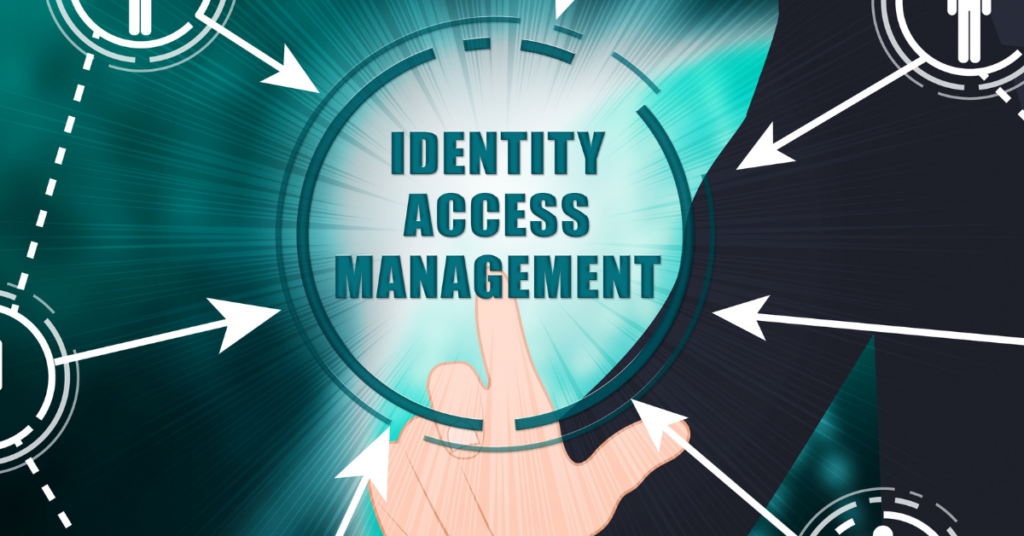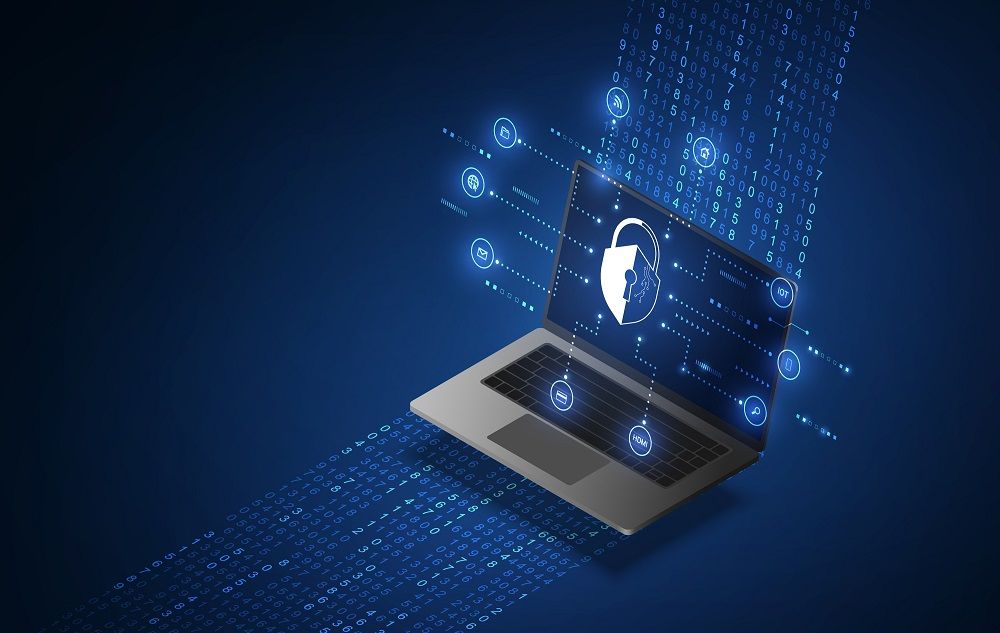What is Identity and Access Management? All You Need to Know

- What is Identity and Access Management and Why is It Important in Cybersecurity?
- How Does IAM Help Organizations Mitigate Security Risks and Prevent Data Breaches?
- What are Some Best Practices for Implementing an Effective IAM Strategy?
- What are the Current Trends and Challenges in IAM for Cybersecurity Professionals?
In 2023, IBM’s Cost of a Data Breach Report revealed that data breaches in India hit a record high, costing ₹17.9 crore on average, a 28% rise since 2020. Moreover, the report also showed a 45% increase in detection and escalation costs during this period. These statistics highlight the growing financial burden of cyber threats. Identity and Access Management (IAM) stands at the forefront of cybersecurity strategies, ensuring that only authorized users gain access to necessary resources. Thus, keeping its importance in mind, this blog will unravel the complexities of IAM. It will shed light on its essential role in enhancing digital security and its significance.
What is Identity and Access Management and Why is It Important in Cybersecurity?
1. Identity and Access Management
Identity and Access Management (IAM) systems form the backbone of corporate security strategies. It seamlessly integrates tools and processes to manage digital identities and access rights to IT resources. IAM enables efficient provisioning and management of user accounts and fortifies defense against unauthorized access. By carefully managing identities, organizations can ensure that every user has appropriate access levels, thus preventing potential security breaches. Moreover, IAM systems support privileged account management, which is crucial for monitoring and controlling high-risk access. Additionally, IAM incorporates user provisioning processes, facilitating the automated creation, modification, and deactivation of user accounts based on predefined policies.
2. The Importance of IAM in Cybersecurity
Identity and access management is instrumental in averting unauthorized access, a critical factor in safeguarding sensitive data and systems. Implementing a robust IAM strategy is paramount in the digital age, where cyber threats loom large. It mitigates the risks associated with data breaches and cyber-attacks by ensuring that access to resources is strictly regulated. Through the implementation of access control policies and Single Sign-On (SSO) technologies, IAM provides a secure and user-friendly environment. These measures not only protect against external threats but also address internal vulnerabilities.
ALSO READ: What is Cybercrime? The Top 10 Types of Cybercrime in India Today
What are the Key Components of an IAM System?

1. Validating Users
Authentication is indispensable in identity and access management. It ensures user identities are accurately verified before granting access to systems and data. For instance, multifactor authentication enhances security by requiring multiple identity proofs, effectively countering unauthorized access attempts. Single Sign-On (SSO) simplifies the user experience by allowing one set of credentials to access various services. This results in better security and increases efficiency. Moreover, adaptive authentication adds a layer of intelligence, adjusting security measures based on the context of access requests, which further reinforces defense against potential breaches.
2. Granting Permissions
Authorization dictates the resources and operations accessible to each user based on organizational roles. In essence, this process is governed by access control policies. They are crucial for maintaining a secure and efficient operational environment. By carefully defining and enforcing these policies, organizations can ensure that individuals have access only to the information and tools necessary for their specific duties. This minimizes the risk of internal and external threats.
3. Managing Digital Identities
The administration component of IAM encompasses the comprehensive management of user accounts and permissions. It includes creating, maintaining, and deleting digital identities as necessitated by role, status, or employment changes. This process is often streamlined through user provisioning, a method that automates the assignment and revocation of access rights. This ensures that users receive prompt access to necessary resources while swiftly removing access when it is no longer appropriate or safe to maintain.
4. Monitoring and Reporting
Auditing and reporting involve tracking and documenting access patterns and behaviors within IT environments. This enables organizations to identify and respond to anomalies that could indicate security threats or policy violations. Such transparency not only aids in regulatory compliance but also supports identifying areas for improvement in security strategies. It enhances the integrity and accountability of IAM practices.
ALSO READ: Pursuing a Certification in Cybersecurity: A Step-by-Step Guide
How Does IAM Help Organizations Mitigate Security Risks and Prevent Data Breaches?
1. Enhanced Security Measures
Identity and access management fortifies security through stringent authentication and authorization processes. In essence, these measures are vital in minimizing unauthorized access risks, directly impacting an organization’s ability to safeguard sensitive information. For example, as parts of IAM, multifactor authentication and privileged account management significantly contribute to these enhanced security measures. They do so by adding layers of verification for accessing critical systems, thus acting as robust deterrents against potential intruders.
2. Comprehensive Access Control
Precise access management strategies that identity and access management enforce empower organizations to control who accesses what information and when. This granular level of access control is essential for preventing data leaks and misuse. By implementing access control policies that are both rigorous and adaptable, companies can effectively manage the flow of information. This ensures that only the right people have access to the right data.
3. Improved Compliance
IAM systems play a crucial role in maintaining regulatory compliance since they efficiently manage and audit access rights. Compliance with legal standards and industry regulations is facilitated through IAM’s ability to provide detailed reports and logs of user activities, which can be critical during audits. This factor helps them adhere to compliance requirements and demonstrates the organization’s commitment to protecting data and maintaining high-security standards.
4. Streamlined User Experience
Efficient identity and access management systems also enhance the user experience by streamlining access procedures. Single Sign-On (SSO), a feature of IAM, allows users to access multiple applications with one set of credentials. This simplifies the login process and reduces password fatigue. Employees can navigate systems more efficiently and focus on their core responsibilities without being bogged down by cumbersome security protocols. This leads to increased productivity and greater satisfaction.
ALSO READ: 7 Worst Types of Cyberattacks and Threats in 2023 (Solutions Included)
What are Some Best Practices for Implementing an Effective IAM Strategy?

1. Regularly Review Access Rights
Companies must periodically assess and modify user permissions to keep pace with role changes, ensuring that IAM strategies remain relevant. This step helps to correct any inappropriate access promptly.
2. Employ the Least Privilege Principle
Granting the minimum necessary access to users curtails the risk of threats exploiting excessive privileges. Additionally, this approach also simplifies user provisioning by ensuring timely and appropriate access allocation.
3. Implement Strong Password Policies
Enforcing stringent password requirements protects against various attacks. For example, strong passwords can help prevent unauthorized access breaches, enhancing the effectiveness of SSO systems and access management.
4. Utilize Multifactor Authentication
Integrating MFA adds an extra security layer, enhancing SSO solutions by requiring additional verification steps. In essence, this key IAM component deters credential theft and protects digital assets. It reinforces the security of access management and modern identity management strategies.
5. Monitor IAM Activity
Continuous IAM activity monitoring detects and mitigates security threats. It is essential to uphold access control policies and privileged account security. Tracking actions provides insights into user behavior, refining identity management practices and ensuring quick responses to suspicious activities.
6. Educate Users
Educating users on identity and access management policies enhances security by encouraging active participation in account protection, especially when using SSO technologies. For instance, awareness of the principle of least privilege and strong passwords improves compliance with access control policies, bolstering the overall IAM strategy.
7. Streamline User Provisioning
Efficient user account management from creation to deletion secures and optimizes the IAM system. Automating provisioning reduces human error and integrates seamlessly with SSO. It offers a secure and smooth user experience while upholding high-security standards.
ALSO READ: What are the Phishing Types and How to Prevent Phishing Attacks
What are the Current Trends and Challenges in IAM for Cybersecurity Professionals?
1. Cyber Threats’ Rising Sophistication
As cyber attackers continually refine their strategies, cybersecurity professionals must innovate non-stop, developing advanced identity management and access control policies. Hence, privileged account management, a crucial aspect of the IAM system, becomes vital for protecting sensitive information from intricate threats. Also, incorporating cutting-edge threat detection in IAM frameworks ensures quick risk mitigation, highlighting the ongoing digital security battle.
2. Cloud-Based IAM’s Growth
The shift to cloud-based identity and access management solutions offers unmatched scalability and flexibility, meeting the changing needs of businesses. However, this transition poses unique security challenges, requiring strict access management, and identity management strategies for cloud protection.
3. IAM in Diverse IT Environments
Cybersecurity experts strive to ensure IAM works seamlessly across varied IT setups, including on-premises and cloud environments. In essence, they aim to create unified identity management systems that offer efficient access management without compromising security. Thus, robust user provisioning and access control policies are essential. SSO adoption across platforms enhances user convenience and security, which is vital for an integrated IAM strategy.
4. Balancing Convenience and Security
Finding the right balance between easy access and tight security poses a key challenge. Hence, cybersecurity professionals must work to provide IAM solutions with user-friendly SSO experiences without weakening access control policies. This balance is critical for user adoption and IAM effectiveness.
5. Enhancing Privacy and Compliance
As data privacy laws tighten, integrating compliance and privacy protection mechanisms becomes a priority in IAM strategies. Hence, professionals must have advanced identity management solutions to meet regulatory standards and secure data.
6. Promoting IAM Tool Interoperability
Cybersecurity experts face the challenge of making diverse IAM tools work together efficiently. Achieving interoperability among these tools supports improved identity management and access control, strengthening the IAM framework. This effort requires integrating user provisioning processes and strategic SSO use It aims for a cohesive IAM ecosystem that maximizes security and operational efficiency.
In 2023, India encountered over 400 million cyber threats. Apart from this, the significant risk of sensitive information leaks, exemplified by the Aadhaar data breach impacting 815 million Indians, underscores the critical importance of protecting digital identities, and identity and access management emerges as a key player in this domain. For those looking to deepen their expertise in cybersecurity and IAM, joining Emeritus’ cybersecurity courses can significantly boost your career prospects in the increasingly volatile digital landscape.
Write to us at content@emeritus.org



